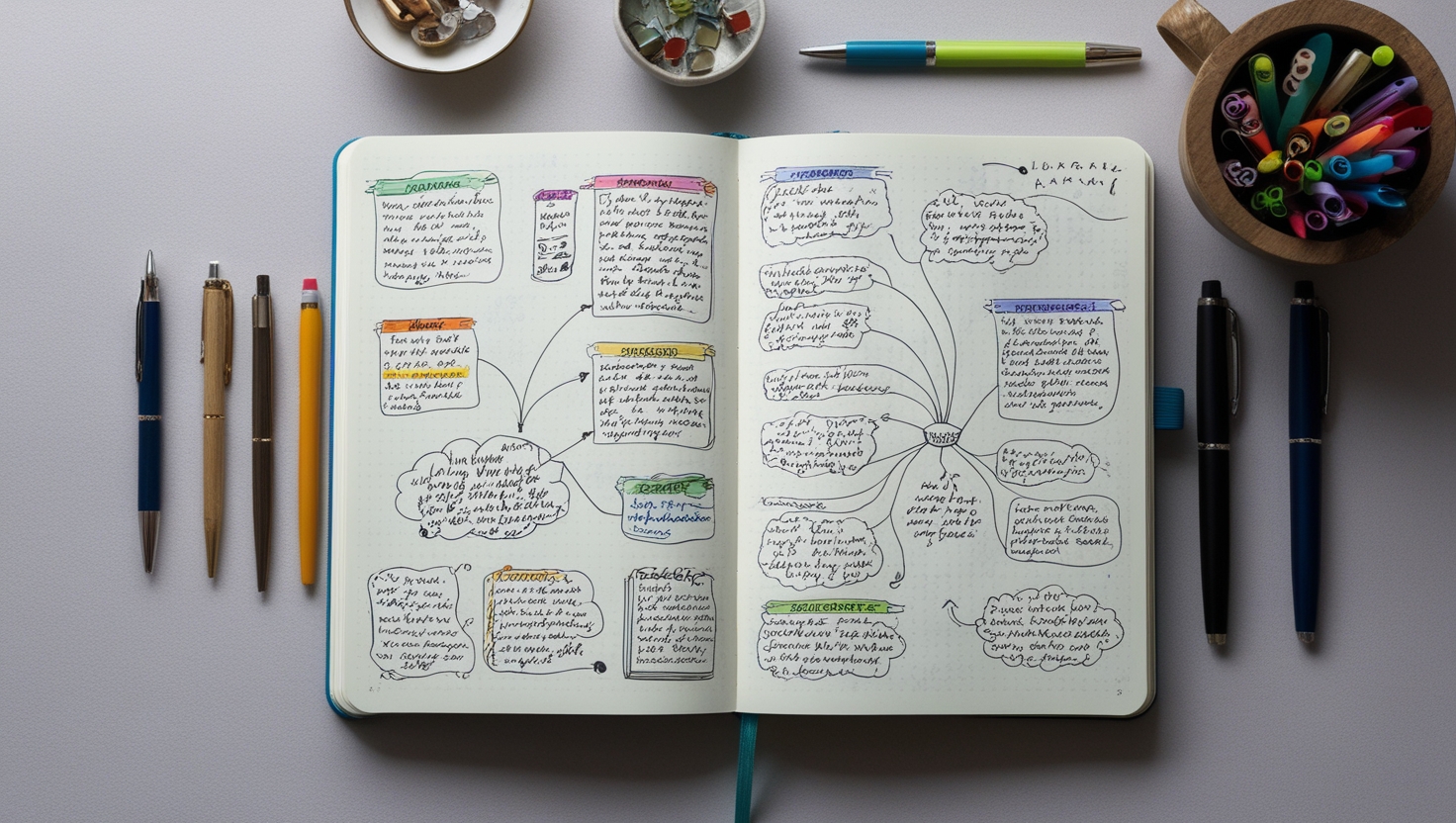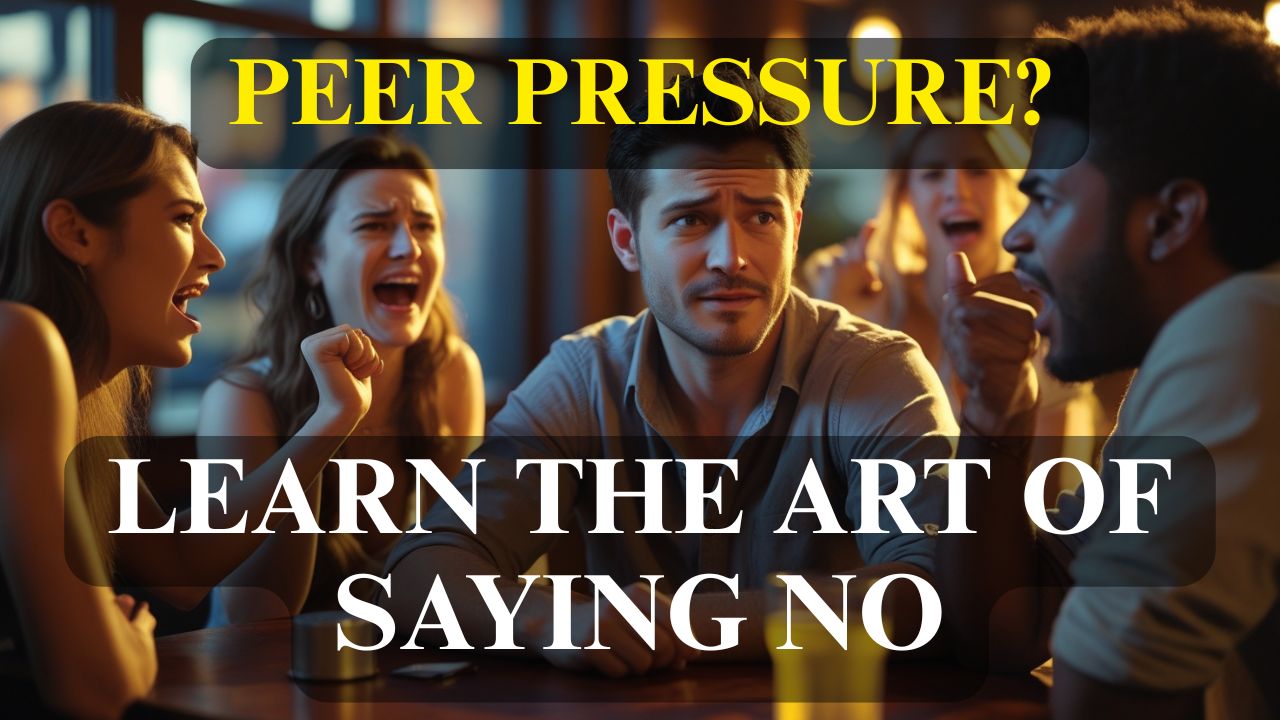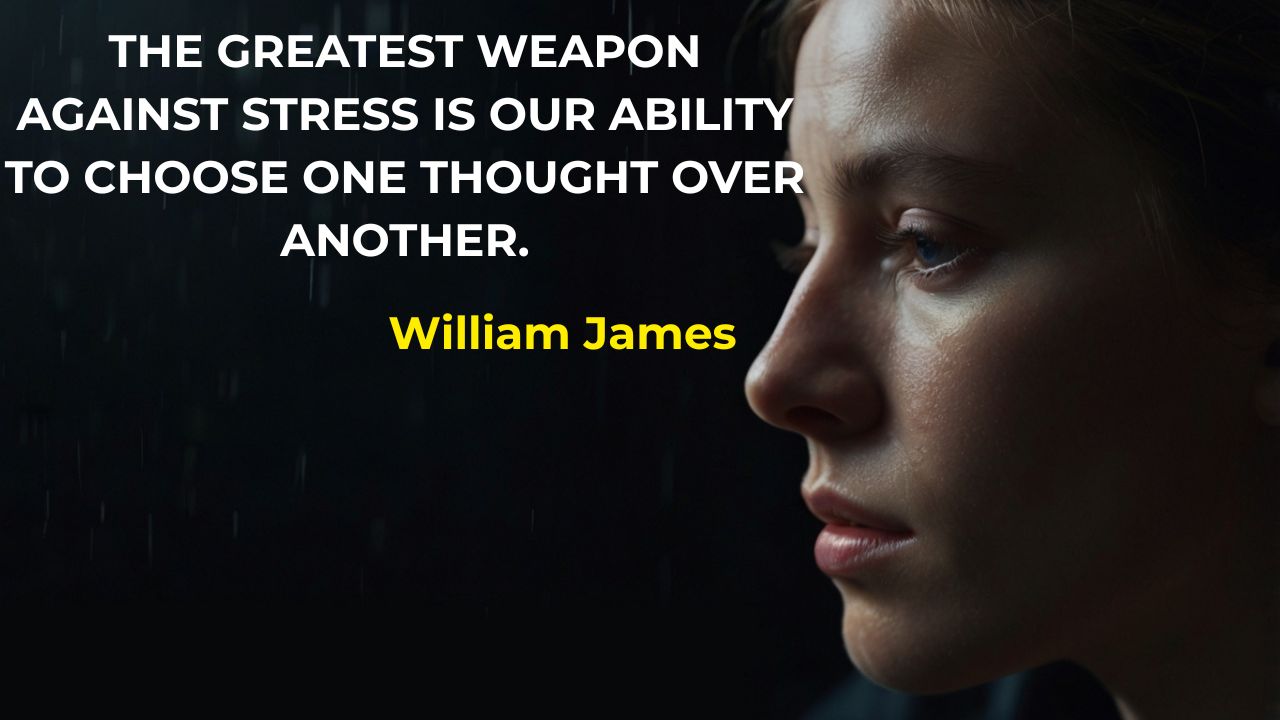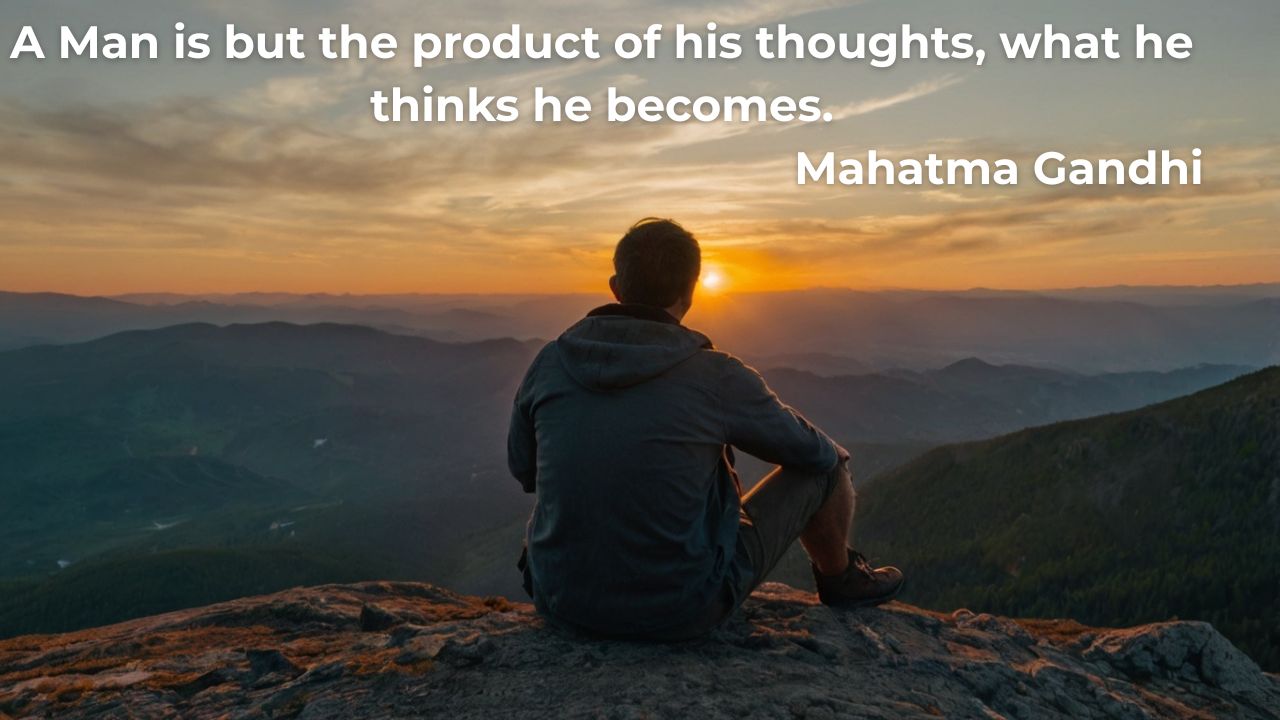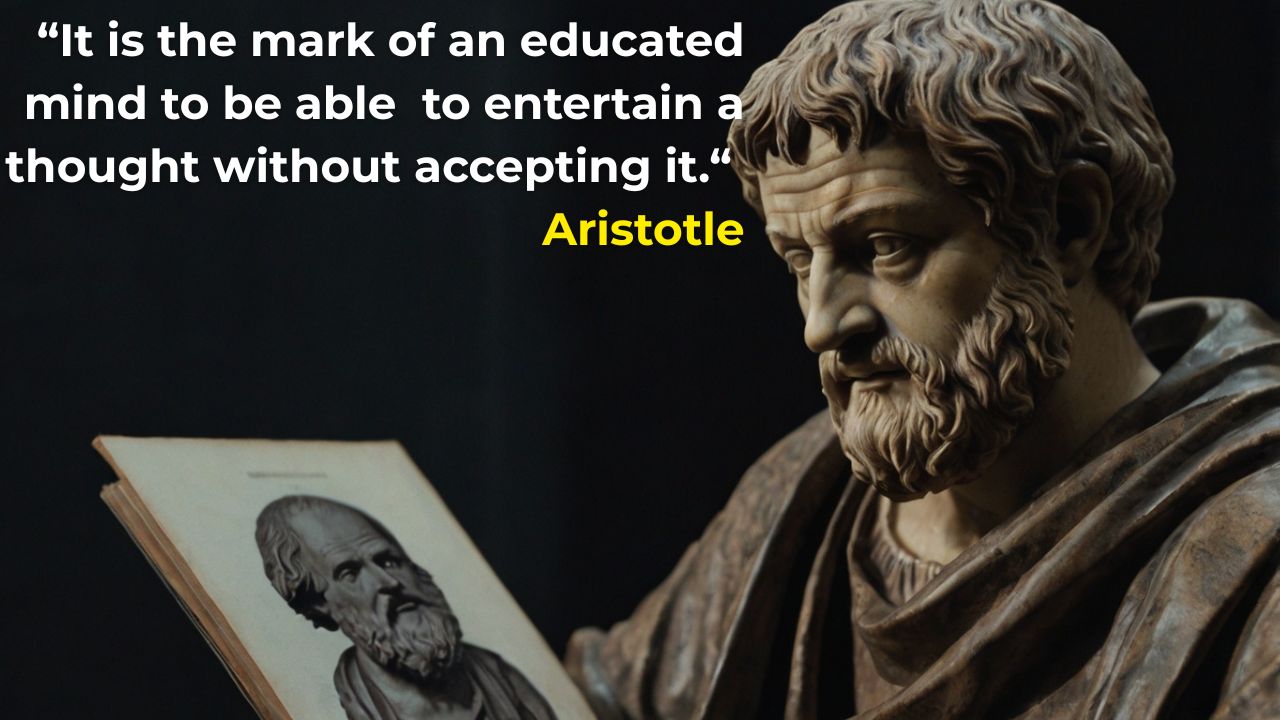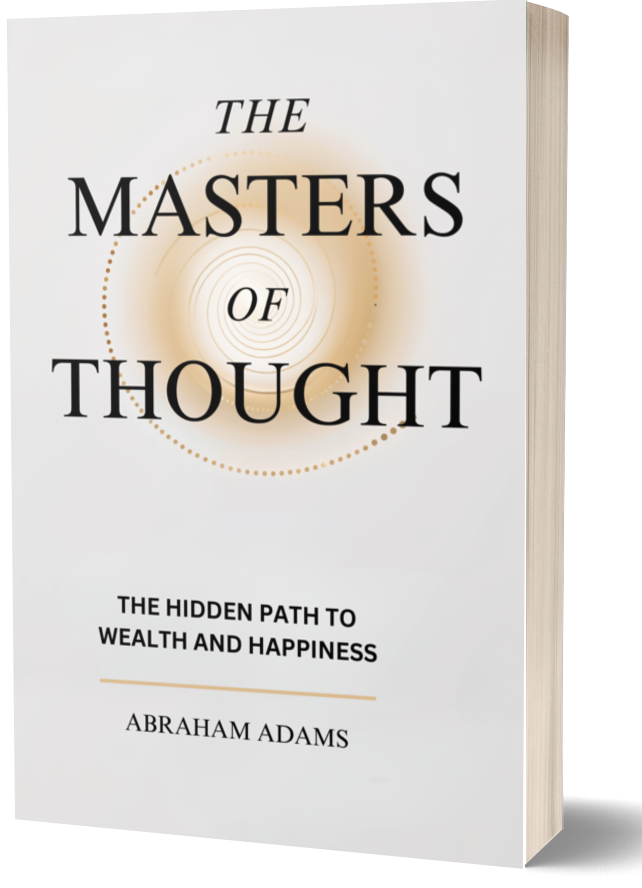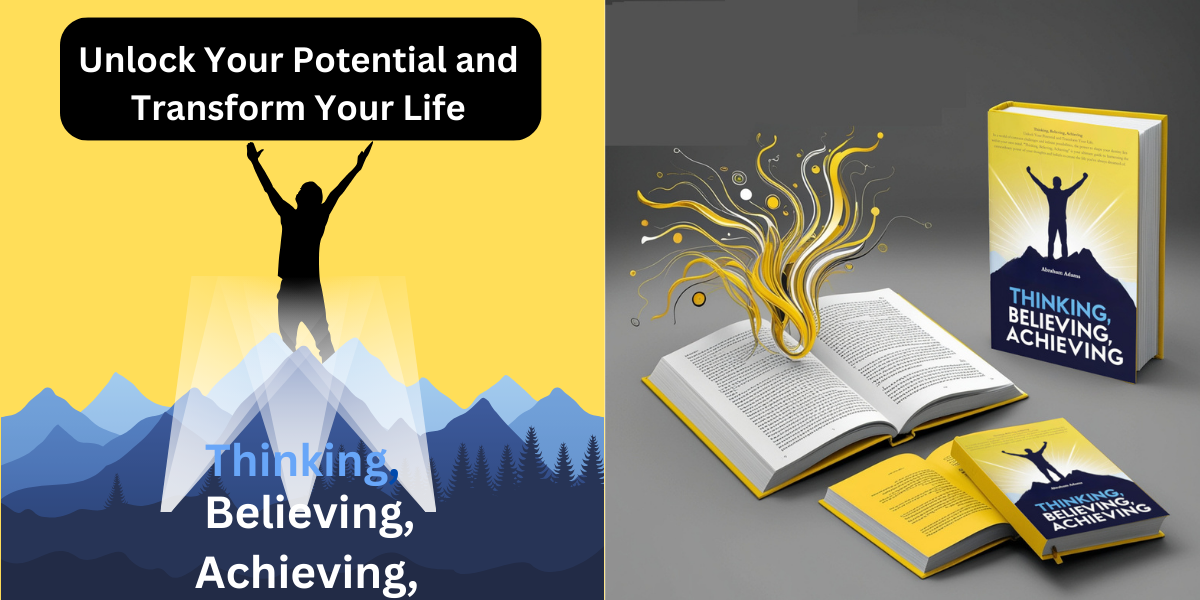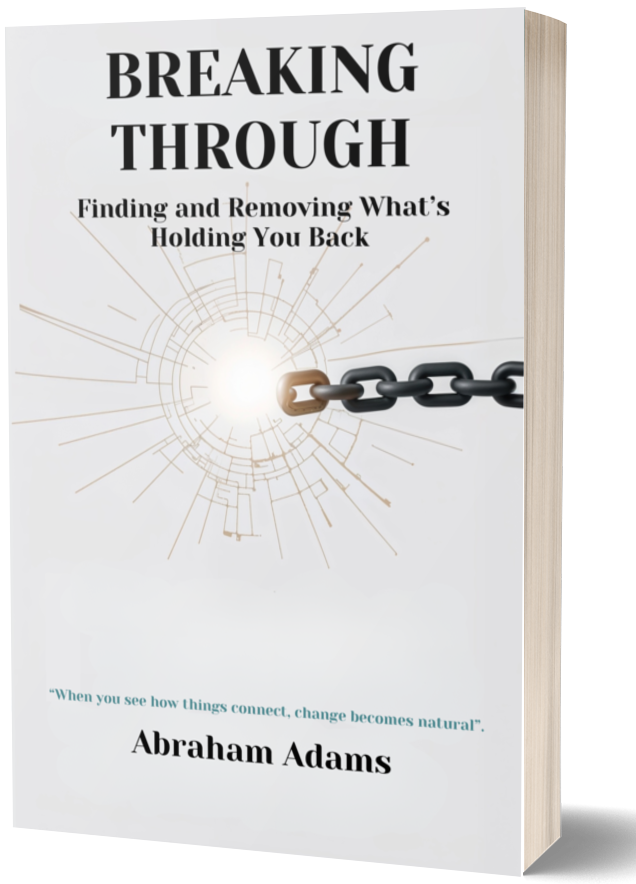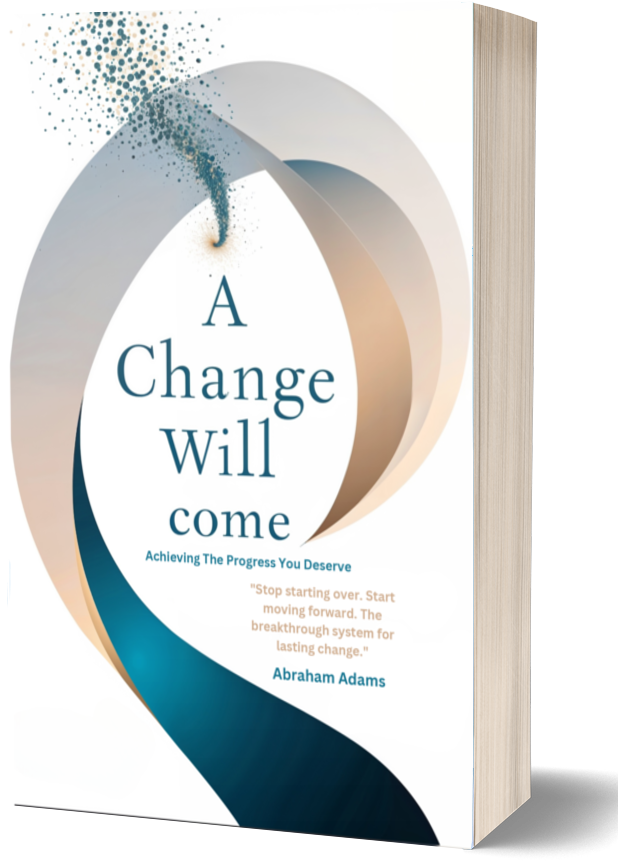Cause and Effect in the Realm of Thought
In the realm of human thought, the principle of cause and effect operates as one of the most fundamental forces, shaping our perceptions, decisions, and ultimately, our realities. Every thought that passes through our minds has a cause — whether it’s a memory, an emotion, or an external trigger — and every thought leads to a unique effect, influencing our actions, emotions, and mental well-being. Understanding how cause and effect work in the realm of thought isn’t only fascinating; it’s transformative. This principle has the power to bring awareness to our thinking, empower intentional thought patterns, and reshape our inner and outer worlds.
The Mechanics of Thought: How Causes Create Effects
The human brain is an intricate network of neurons, continuously firing and forming connections. These neural connections represent our thoughts, memories, and learning patterns. When a specific thought arises, it is often triggered by a stimulus, which is the “cause.” This cause could be an external stimulus — like seeing an old photograph that evokes memories — or an internal one, such as a deeply embedded belief that shapes responses to everyday situations.
The effect of any thought can vary widely. A thought’s effect might be a shift in mood, an action taken, or even the formation of new habits over time. For example, a single thought of self-doubt, if repeated, can lead to diminished self-confidence and hesitancy in decision-making. On the flip side, positive, affirming thoughts can build self-belief and create a ripple effect of confident actions and resilience.
Why Awareness of Cause and Effect in Thought Matters
The awareness of cause and effect in thought is powerful. If we can identify what triggers our thoughts, we gain control over our reactions and emotional responses. Instead of living on “auto-pilot” — reacting unconsciously to every thought and feeling that arises — we can step back, observe, and choose our responses. This practice of awareness, often called “metacognition,” is at the core of many mental health and self-improvement techniques.
Consider the cycle of stress as an example. A stressful thought — “I’ll never get this work done on time” — could be caused by an external deadline. Without awareness, this thought could spiral into anxiety, leading to decreased productivity and more stress. With awareness, however, we can identify the root of the thought, question its validity (“I’ve met deadlines like this before”), and replace it with a more constructive thought (“I’ll tackle this one step at a time”). This shift in thinking can completely change the outcome of a stressful situation.
Positive vs. Negative Thought Cycles
The principle of cause and effect is neutral; it’s not inherently positive or negative. Yet, the direction of our thought cycles — whether they lean toward positivity or negativity — determines the quality of our experiences and outcomes. Positive thought cycles generally lead to constructive actions, uplifting emotions, and resilient responses to challenges. Conversely, negative thought cycles often lead to discouraging actions, emotional turbulence, and a sense of stagnation.
Take the example of self-talk, the running inner dialogue we all have. A person who constantly thinks, “I’m not good enough,” may experience low self-esteem, which becomes a self-fulfilling prophecy. This thought cycle can limit opportunities for growth, as the person may be less likely to take on challenges or pursue goals. Conversely, someone who believes, “I can learn and improve” is more likely to try new things, gain skills, and build confidence. This belief becomes the cause of actions that lead to positive personal growth.
Cultivating a Mindset of Intentional Thinking
To use cause and effect in thought to our advantage, intentional thinking is essential. Intentional thinking is the practice of directing thoughts with purpose, aligning them with our goals, values, and well-being. Practicing intentional thinking allows us to proactively create positive thought cycles rather than passively reacting to whatever thought arises.
Mindfulness practices, such as meditation and journaling, are valuable tools for cultivating intentional thinking. Meditation helps us observe our thoughts without judgment, offering a clear view of the patterns and causes driving them. Journaling provides a similar benefit, allowing us to dissect thoughts, identify recurring themes, and set intentions for how we want to think and act.
Harnessing the Power of Cause and Effect to Shape Reality
In the realm of thought, cause and effect have a cumulative impact. A single positive thought might not change much, but the regular practice of positive thinking can gradually transform one’s mindset, mood, and actions. Over time, intentional thoughts cause us to take steps that bring about desired effects in reality.
This concept underlies the popular “law of attraction,” where the belief is that the energy of our thoughts influences our reality. While this can seem abstract, there’s science behind the notion that consistent thought patterns create habitual behaviors. Neuroplasticity — the brain’s ability to rewire itself based on new patterns and experiences — demonstrates how we can “rewire” our brains by intentionally choosing which thoughts to cultivate.
Practical Steps to Create Positive Thought Cycles
1. Identify Triggers: Recognize external and internal factors that commonly influence your thoughts. Are there particular situations or beliefs that lead to negative thinking?
2. Challenge Negative Thoughts: When negative thoughts arise, question them. Are they accurate reflections of reality, or are they distorted by fear, doubt, or past experiences?
3. Replace with Constructive Thoughts: Once you’ve challenged a negative thought, replace it with a more constructive one. Instead of thinking, “I can’t do this,” try, “I will try my best and learn from the experience.”
4. Visualize Positive Outcomes: Visualizing the positive effects of your thoughts can reinforce them. If you think, “I’m capable of succeeding in this project,” picture yourself achieving success.
5. Practice Gratitude: Gratitude is a powerful practice for cultivating positive thought cycles. By focusing on what we’re thankful for, we shift our mindset towards optimism and appreciation, which causes further positive thoughts and emotions.
Conclusion: Creating Change from Within
The principle of cause and effect in the realm of thought highlights our ability to shape our own mental and emotional experiences. By understanding and working with this principle, we move from being passive recipients of our thoughts to active creators of our mental environment. Thought by thought, we hold the potential to create a ripple effect of positive changes within and beyond ourselves, proving that even the smallest of thoughts can have a powerful impact on the life we experience.
- Audio Articles
- Audio Articles 1
- Audio Articles 2
- Audio Articles 3
- Audio Articles 4
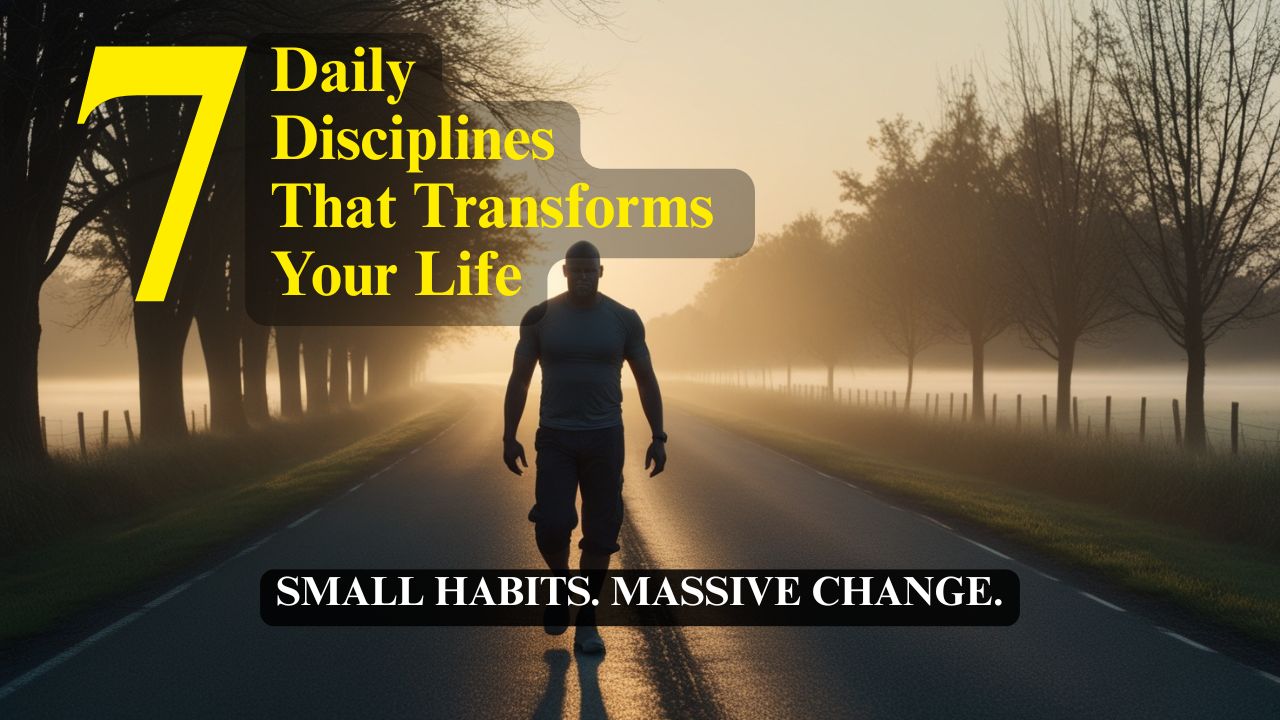
7 Daily Disciplines That Transform Your Life
The power to act with intention, to align your actions with your values, and to move steadily toward a life of purpose—even on days you don't feel like it.
Read Full Article
How to Build Unbreakable Discipline
Discipline is built—habit by habit, choice by choice, day by day. And the most powerful kind? The kind that doesn’t crack under pressure. The kind that becomes part of who you are.
Read Full Article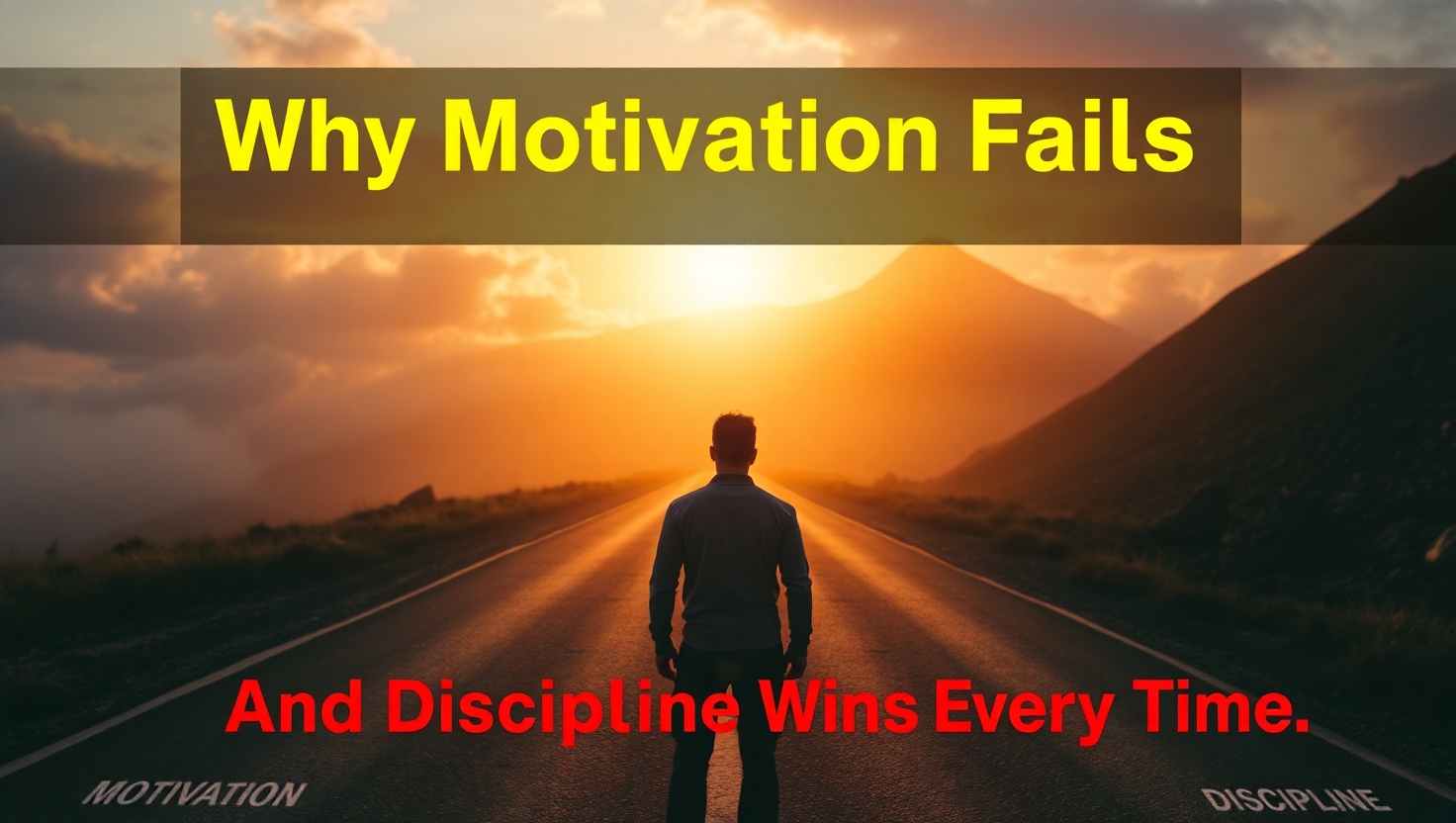
Why Motivation Fails And Discipline Wins Every Time
We all love the feeling of motivation—that surge of energy, that rush of inspiration that makes everything seem possible. But here’s the problem: motivation is unreliable. It’s emotional. It comes and goes. And if your goals rely on you “feeling like it,” you’re already in trouble.
Read Full Article
Discipline Over Desire
Desire is loud. It burns bright, talks fast, and loves to dream. But desire alone doesn't achieve much. Every person has desires. Very few have the discipline to bring them to life.
Read Full Article
The Science of Sticking
If you've ever tried to build a new habit, you've probably heard that it takes 21 days. This number gets thrown around so often that it feels like scientific fact.
Read Full Article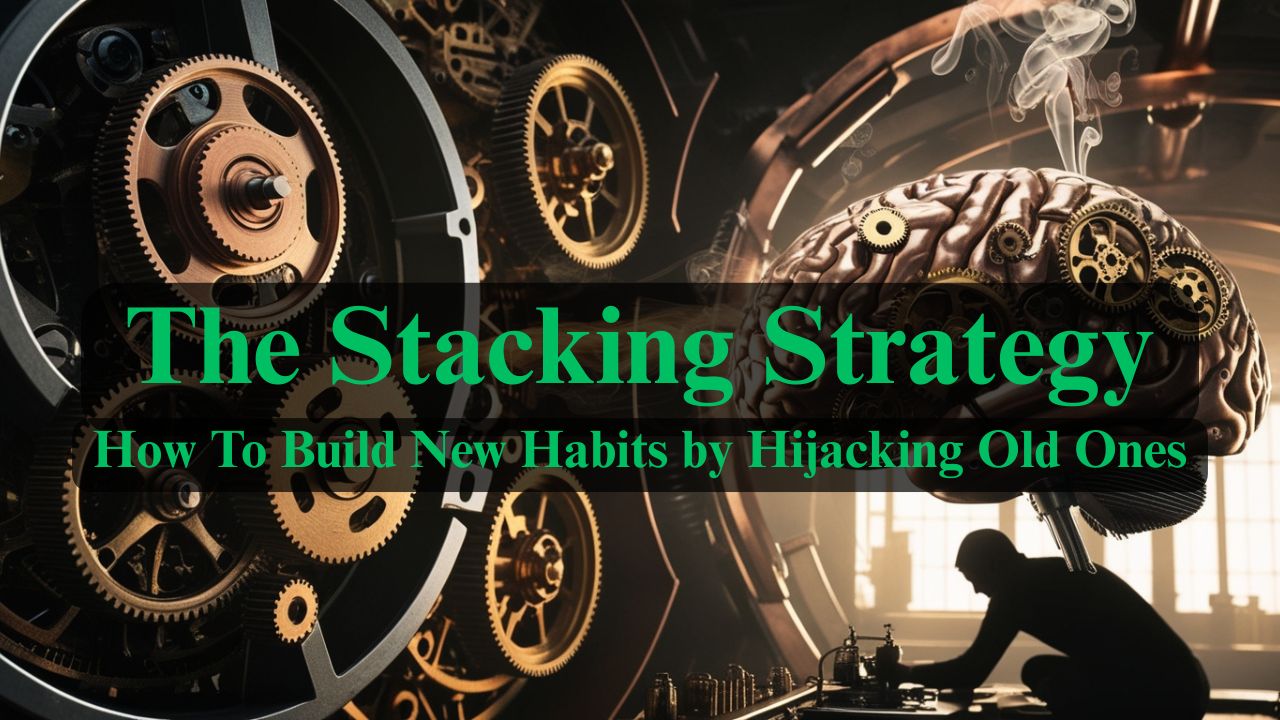
The Stacking Strategy
What if I told you that the habits you already have—even the ones you consider "bad"—could become the secret weapons for building the habits you want?
Read Full Article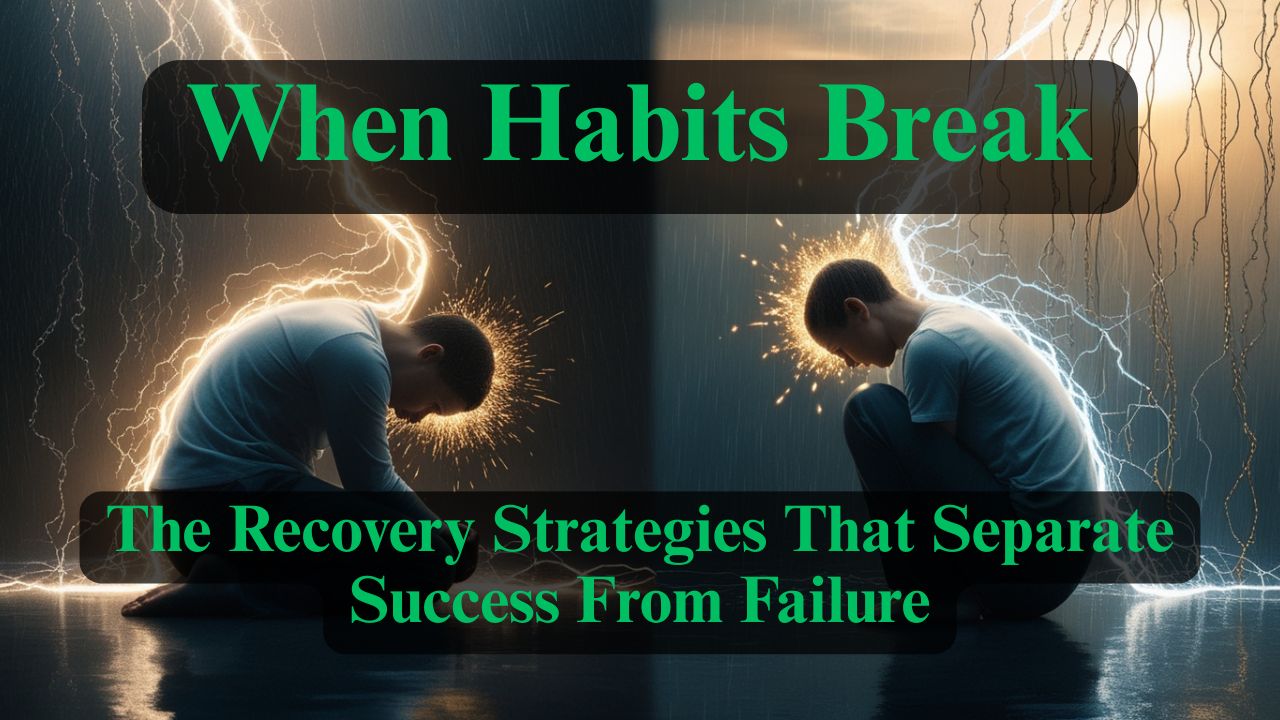
When Habits Fail - The Recovery Strategies That Separate Success From Failure
Here's what nobody tells you about building habits: you will fail. You'll miss days. You'll fall off track. You'll have weeks where everything falls apart.
Read Full Article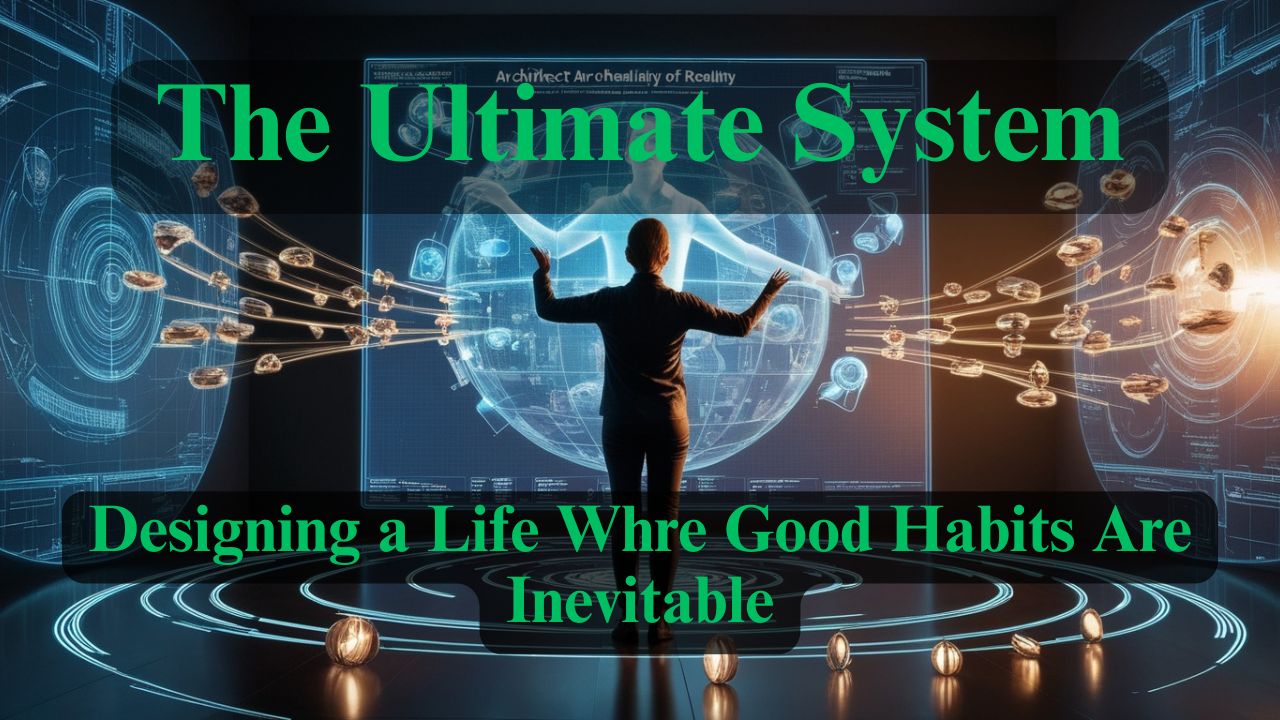
The Ultimate System - Designing a Life Where Good Habits Are Inevitable
You've learned to recognize habits, understand their formation timeline, stack them strategically, and recover from setbacks.
Read Full Article
